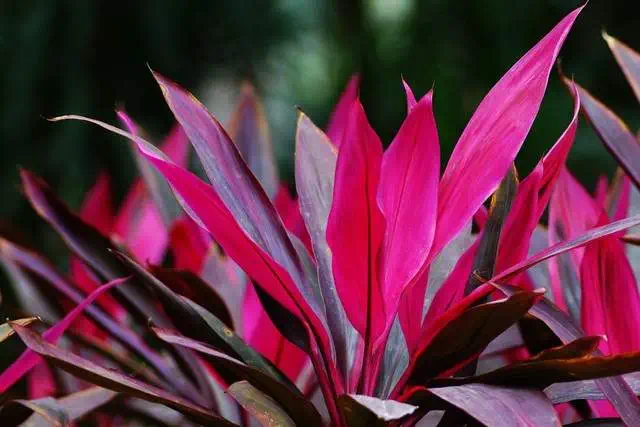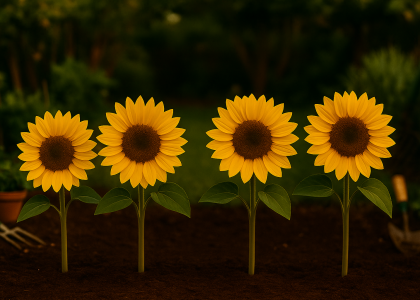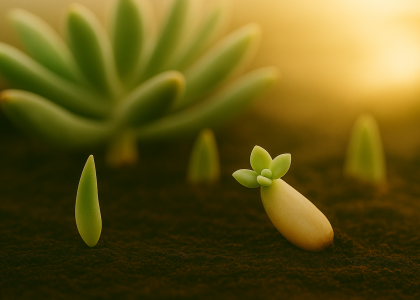Hello, gardening enthusiasts and home beautifiers! Imagine having a plant in your home or garden that symbolizes prosperity, adds vibrant color, and requires just a little love to thrive. Meet Cordyline (Cordyline fruticosa), the striking "Good Luck Plant" that's trending for its beauty, symbolism, and adaptability.
Meet Your Cordyline: The Tropical Charm
Cordyline, also known as the Ti Plant, is famous for its dramatic, sword-shaped leaves that burst into life with fiery reds, lush greens, deep burgundies, and creamy hues. Young leaves emerge edged with flame-like red, gradually deepening to rich purple or deep green, offering stunning visual interest throughout its growth.
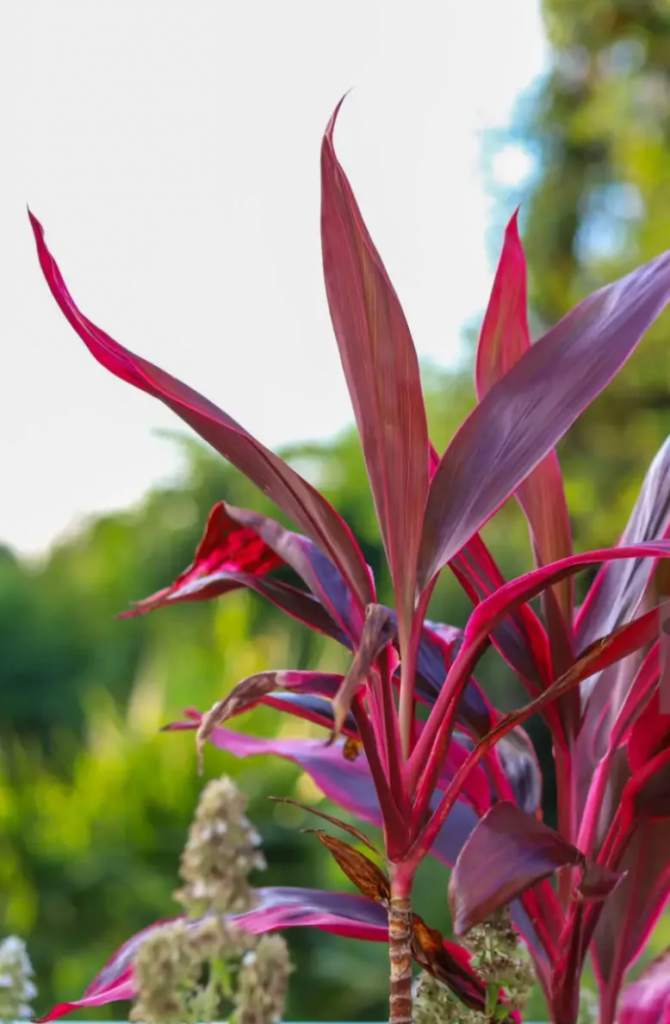
Fascinating Facts About Cordyline
In Hawaiian and Southeast Asian cultures, Cordyline represents luck, prosperity, and protection. Often gifted during special occasions or housewarmings, it's believed to usher in positive energy—making it a meaningful addition to your home or garden.
The secret to blooming: After being cultivated for over five years, it may produce pale purple spike-shaped flowers that release a jasmine-like fragrance at night.

Optimal Growing Conditions
Sunlight: Place in bright, indirect sunlight or partial shade. Protect from harsh midday sun to prevent leaf scorching.
Temperature: Ideal temperatures range between 65-82°F (18-28°C). Avoid exposure below 50°F (10°C).
Humidity: Prefers moderate to high humidity; enhance by placing a water tray nearby during dry seasons.
Soil and Watering Secrets
- Potting Mix: Layer a pot with clay pebbles at the bottom (3cm) for drainage, fill with a mix of well-rotted pine needle compost, coarse coconut husk, and volcanic rock (4:3:3). Top with Akadama soil for optimal pH balance and pest prevention.
- Watering Routine:
Spring/Summer: Insert a bamboo skewer 2cm into the soil. If moist, delay watering slightly.
Autumn/Winter: Water when pot feels significantly lighter. Monthly, use rice water as a nourishing boost.
Feeding & Fertilizing Tips
March-June: Apply slow-release fertilizer (e.g., Osmocote) monthly.
July-August: Spray diluted potassium phosphate fertilizer on leaves every two weeks.
From September onward: Pause fertilization to prepare the plant for winter dormancy.
Easy Propagation: Multiplying Your Cordyline
Top Cuttings Method:
Choose stem tops with 3-4 leaves; make a 45-degree cut at the base.
Soak the base in diluted willow water solution (fresh willow branches crushed in water, 1:10 ratio) for two hours.
Insert cuttings into sterilized coarse sand (5cm deep), cover loosely with transparent plastic (with ventilation holes), and expect rooting within 25 days.
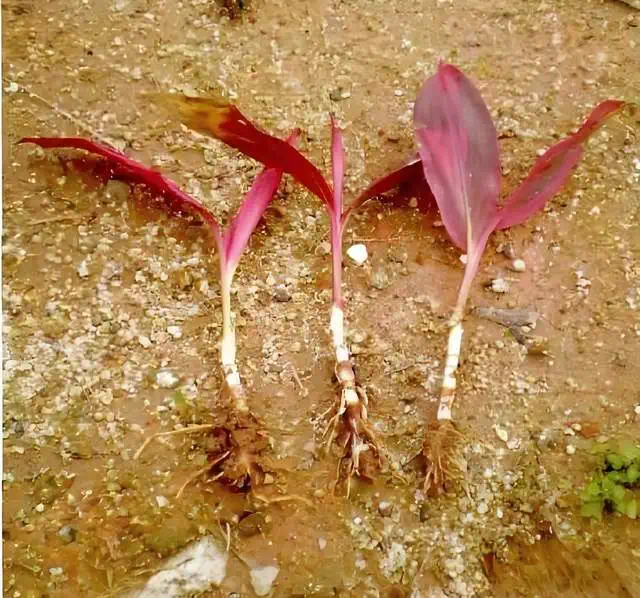
Reviving Old Plants:
"Sweat” bare stems by enclosing them with a plastic bag containing moist sponge. Place in indirect light, and new buds will sprout within approximately 40 days.
Pest Prevention and Solutions
Cordyline can sometimes face spider mites, mealybugs, or scale insects. Regularly inspect leaves, treat gently with insecticidal soap or neem oil, and ensure good airflow around plants.
Troubleshooting Common Issues
Yellowing Leaves: Usually due to overwatering or poor drainage. Improve drainage, reduce watering frequency, and let the topsoil dry slightly between watering.
Drooping Leaves: Often caused by underwatering, low humidity, or cold drafts. Maintain consistent moisture, increase humidity, and protect the plant from cold air.
Avoid These Common Mistakes
Daily Misting: Avoid water accumulation at leaf centers; mist air around the plant instead.
Excess Sunlight: Overexposure can cause leaves to fade—provide gentle shading.
Using Deep Pots: Choose breathable pots, slightly smaller than the plant’s canopy, to avoid root rot.
Winter Watering Neglect: Water moderately even in winter months, especially in heated homes.
Immediate Leaf Removal: Allow leaves to yellow and fall naturally to recycle nutrients.
Cordyline for Enhanced Home Decor & Positive Energy
Cordyline’s vibrant foliage instantly elevates home aesthetics and fosters wellness. Ideal for entryways (traditionally thought to deflect negative energies), prosperity corners (southeast), and study rooms to inspire creativity and harmony.
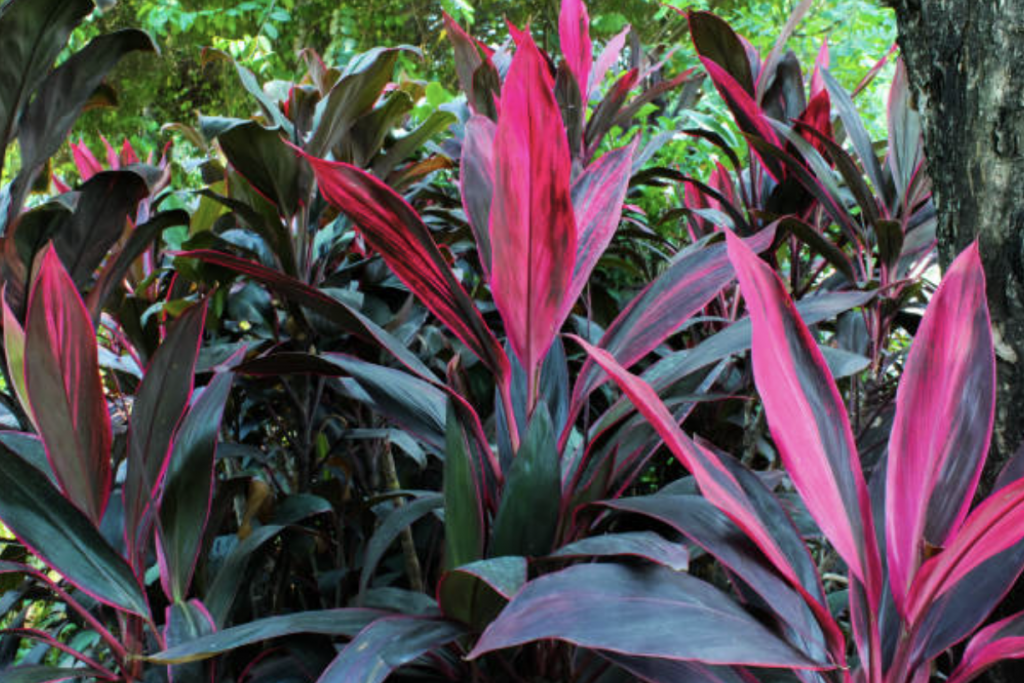
Gardening with Cordyline is akin to nurturing personal growth—it demands patience, regular care, and thoughtful attention. Witnessing your plant flourish from a small stem to a lush, thriving beauty offers unparalleled satisfaction.
What's your favorite Cordyline care tip? Tell us in the comments!
Happy Gardening!

